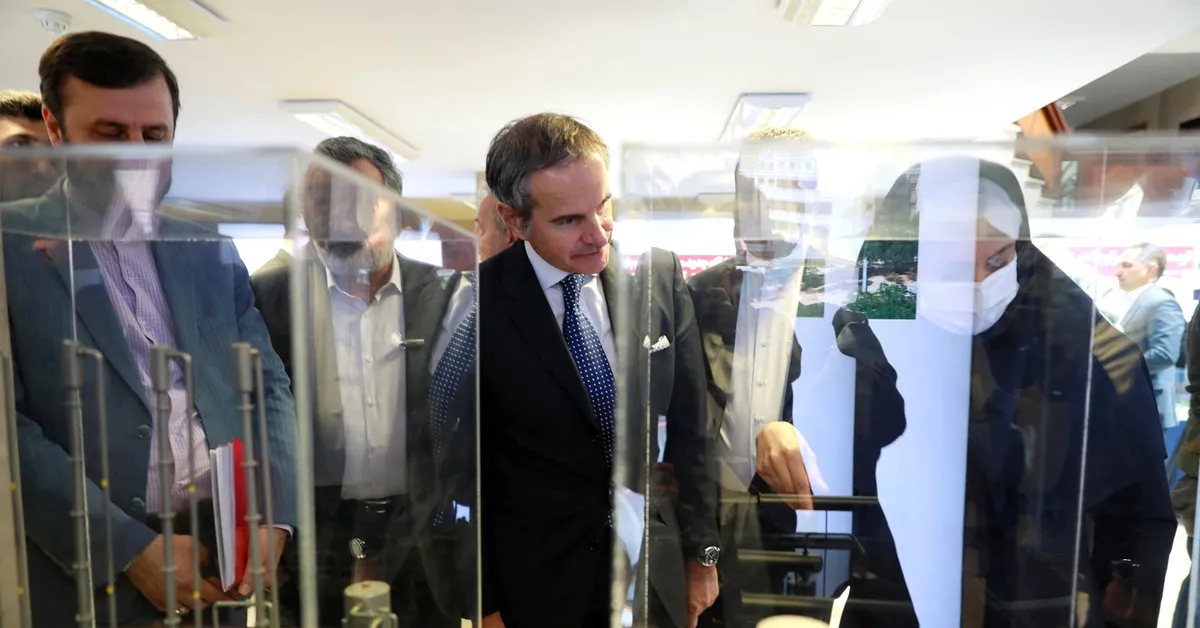
On May 31, 2023, the International Atomic Energy Agency (IAEA) released a confidential report detailing Iran's secret nuclear activities involving undeclared materials at three locations. This significant revelation has attracted attention from member states and sets the stage for potential diplomatic actions by the United States, Britain, France, and Germany. These nations are expected to push for a resolution declaring Iran in violation of its non-proliferation obligations.
The IAEA's comprehensive report, requested by its Board of Governors in November, highlights Iran's ongoing non-compliance with international nuclear agreements. If the board adopts a resolution at its upcoming meeting in the week of June 9, it would mark the first formal acknowledgment of Iran's non-compliance in nearly two decades. Such a resolution could escalate tensions and complicate ongoing nuclear negotiations between Tehran and Washington.
While many findings in the IAEA report date back several years, the conclusions have become more definitive, illustrating Iran's coordinated secret activities. The report indicates that some of these activities may be relevant to the production of nuclear weapons. Furthermore, the IAEA noted that Iran's cooperation with the agency has been unsatisfactory, with ongoing investigations into uranium traces found at two of the four sites under scrutiny.
The three locations identified by the IAEA—Lavisan-Shian, Varamin, and Turquzabad—are believed to have hosted secret experiments related to an undeclared structured nuclear program. The report reveals that Iran stored nuclear material and heavily contaminated equipment at the fourth site, Turquzabad, between 2009 and 2018.
At the Lavisan-Shian site in Tehran, the IAEA found evidence of a uranium metal disc used in the production of explosively-driven neutron sources, a process that could initiate a nuclear explosion. This activity reportedly occurred at least twice in 2003 and was part of small-scale tests aimed at advancing Iran's nuclear capabilities. The report underscores the serious implications of these findings for international security and non-proliferation efforts.
The IAEA's findings could lead to Iran being referred to the U.N. Security Council, although such a move is likely to occur in a future meeting rather than immediately. In the short term, the report may provoke Iran to accelerate its nuclear program, as has been the case following prior admonishments from the IAEA Board. This development poses challenges for ongoing diplomatic efforts aimed at curbing Iran's nuclear ambitions.
In a related report, the IAEA disclosed that Iran's stockpile of uranium enriched to 60% purity has increased significantly, reaching 408.6 kg. This amount is sufficient for the potential production of up to nine nuclear weapons if further enriched. Both IAEA reports raise alarms about Iran's high-level enrichment activities, especially since it is the only country enriching uranium to such a degree without having produced nuclear weapons.
Israel, a strong opponent of Iran's nuclear program, has reacted to the IAEA report by urging immediate international action to prevent Iran from completing its nuclear weapons capabilities. Israeli Prime Minister Benjamin Netanyahu's office emphasized the necessity for the world to confront this escalating threat. Meanwhile, U.S. intelligence and the IAEA maintain that Iran had a secret, coordinated nuclear weapons program, which they believe was halted in 2003—a claim that Iran continues to deny.
As the situation unfolds, the international community watches closely, aware that the implications of the IAEA's findings could redefine diplomatic relations and security measures in the region.